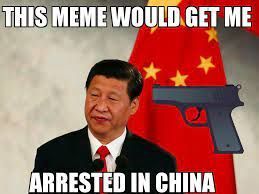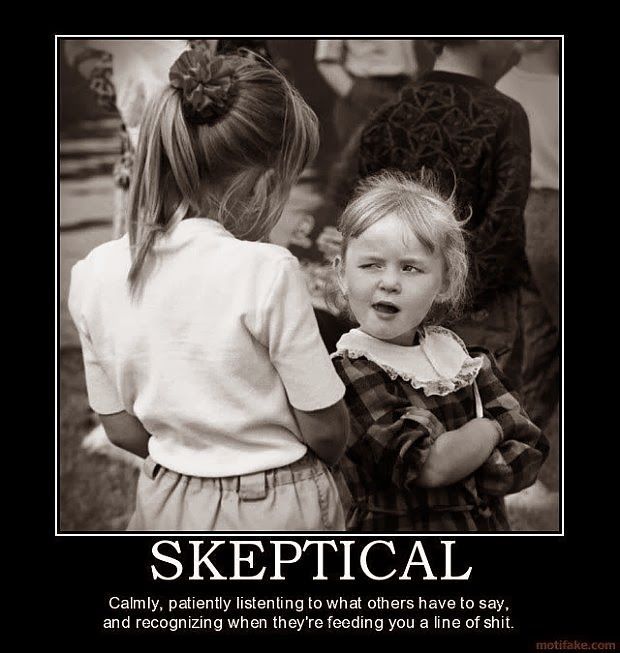Why China’s Bid for Global Supremacy Keeps Falling Short
America’s greatest rival has ambition, but not the structure, trust, or experience to lead the world.

Introduction
From the halls of the U.S. Intelligence Community to the press rooms of the Federal Bureau of Investigation (FBI), the message has become unmistakable: the People’s Republic of China (PRC), under the leadership of the Chinese Communist Party (CCP), is the most significant strategic competitor to the United States. The recently released 2025 Annual Threat Assessment by the U.S. Intelligence Community calls China the “most capable strategic competitor” of the U.S. across multiple domains.
Meanwhile, the FBI labels the Chinese government’s counterintelligence and economic-espionage efforts as a “grave threat” to U.S. economic well-being and democratic values. Confronting this threat is the FBI’s top counterintelligence priority.
And yet—in a paradox of grand ambition and real-world constraints—the same China that aspires to supplant the U.S. as world leader remains structurally, geopolitically, and morally handicapped. This blog explores why China’s trajectory is constrained, and why its negatives—totalitarian governance, limited war-sustainment abilities, poor transparency, trust deficits, and bullying diplomacy—are not merely moral criticisms but functional barriers to the global leadership it seeks.
1. The Official U.S. View: Why China Is Seen as a Threat
The U.S. government’s position on China’s strategic competition is both detailed and unified across agencies.
- FBI: The FBI identifies the Chinese government’s counterintelligence and economic-espionage efforts as a “grave threat” to American economic security and democratic institutions, making it the Bureau’s top counterintelligence priority.
- “Whole-of-society” threat: Officials describe the CCP’s threat as hybrid—spanning cyber intrusions, intellectual-property theft, and influence campaigns targeting lawmakers and the public.
- Military “pacing threat”: The Department of Defense views China’s military as the pacing threat in global defense planning, noting its expanding navy, hypersonic weapon tests, and growing nuclear arsenal.
- Critical infrastructure risks: The FBI has warned that the Chinese government is pre-positioning malware inside U.S. civilian systems to “break America’s will to resist” during crisis.
- Geopolitical competition: The National Security Strategy outlines U.S. policy to “invest, align, and compete responsibly,” recognizing China’s intent to reshape global norms in its favor.
Yes—China is a powerful adversary. But competence on paper and capacity in practice are not the same thing.
2. Military Might Without Combat-Proven Command
China’s military expansion is real, but its global reach and command cohesion remain untested.
The People’s Liberation Army (PLA) hasn’t fought a major war since 1979, while the U.S. has decades of coalition warfare—from the Persian Gulf to the Balkans to the Pacific. Sustained logistics, overseas bases, and joint-force coordination remain weak spots.
The 2025 U.S. threat assessment calls China’s readiness “steady but uneven,” particularly for a Taiwan invasion. Military modernization doesn’t automatically translate into mastery—war demands experience, not just equipment.
3. Governance and Transparency: The CCP’s Achilles Heel
For all its economic and military gains, China’s political model is ill-suited for world leadership.
- Centralized control suppresses debate and innovation.
- Opacity erodes trust among allies and rivals alike.
- Coercion substitutes intimidation for diplomacy.
- Censorship kills creativity and accountability.
Global leadership requires legitimacy and reliability—qualities that secrecy and authoritarianism destroy.
4. The Economic Paradox
China’s economy remains a powerhouse, but it’s hitting structural limits.
- Demographics: A rapidly aging population and shrinking workforce.
- Debt and real estate: Overleveraged local governments and failing developers.
- Global backlash: The U.S. and allies diversifying supply chains.
- Currency controls: The yuan’s limited convertibility prevents global dominance.
- Tech reliance: China still depends on U.S. and Western semiconductors and software.
Beijing’s economic influence is vast—but dependent. Its ambitions to lead clash with a model that still leans on Western innovation and demand.
5. Bullying Diplomacy and Reputational Erosion
China’s “wolf warrior” diplomacy is doing more harm than good.
Territorial aggression in the South China Sea, the crackdown in Hong Kong, and human-rights abuses in Xinjiang have fueled regional backlash. Allies like Japan, India, and Australia are tightening defense cooperation with the U.S., while smaller nations quietly hedge against Beijing’s overreach.
Power built on fear isn’t leadership—it’s occupation without borders.
6. Why the United States Retains the Upper Hand
Despite internal challenges, the U.S. holds enduring advantages:
- Alliance networks: NATO, AUKUS, and the Quad give Washington reach and depth.
- Economic innovation: Open markets and free research drive creativity.
- Soft power: Cultural exports, education, and democracy still inspire globally.
- Resilience: America’s ability to self-correct is unmatched by any autocracy.
Leadership is earned by example. The United States—imperfect as it is—still commands that moral capital.
7. Functional Limits of Totalitarian Power
The same control that speeds China’s mobilization also strangles its evolution.
Fear of failure breeds stagnation. Purges replace learning. Censorship replaces strategy. In the long run, authoritarian systems choke on their own success.
That’s why China’s rise looks formidable—but brittle. The cracks are political, not industrial.
8. The Real Contest: Strength vs. Sustainability
China’s rise is undeniable. But power is more than GDP—it’s trust, alliances, and endurance.
By those measures, China trails far behind. The U.S., despite its political divisions, remains the more sustainable global force because it thrives on openness, reform, and reinvention—traits no totalitarian state can easily copy.
Why This Matters
Seeing China clearly matters—not through panic, but perspective. Exaggerating its power fuels hysteria; underestimating it invites complacency.
China is a serious competitor. But the world’s next superpower? Not yet—and perhaps never. America’s task is not to imitate China’s model but to double down on the values that make China’s challenge inherently limited.
References
- Federal Bureau of Investigation. (2025). The China Threat: Counterintelligence and Economic Espionage. Retrieved from https://www.fbi.gov/investigate/counterintelligence/the-china-threat
- Office of the Director of National Intelligence. (2025). Annual Threat Assessment of the U.S. Intelligence Community. Retrieved from https://www.dni.gov/files/ODNI/documents/assessments/ATA-2025-Unclassified-Report.pdf
- Council on Foreign Relations. (2024). Countering Threats Posed by the Chinese Communist Party to U.S. National Security. Retrieved from https://www.cfr.org/report/countering-threats-posed-chinese-communist-party-us-national-security
- Reuters. (2025, March 25). China presents top military, cyber threat to the United States, U.S. report says. Retrieved from https://www.reuters.com/world/china-presents-top-military-cyber-threat-united-states-us-report-says-2025-03-25
- The Guardian. (2025, March 25). China a top military and cyber threat, U.S. intelligence warns. Retrieved from https://www.theguardian.com/us-news/2025/mar/25/china-military-cyber-threat-us-intelligence
- BIPC. (2025). Confronting Cyber Threats: Insights from the Intelligence Community’s Annual Threat Assessment. Retrieved from https://www.bipc.com/confronting-cyber-threats-insights-from-the-intelligence-communitys-annual-threat-assessment
Disclaimer:
The views expressed in this post are opinions of the author for educational and commentary purposes only. They are not statements of fact about any individual or organization, and should not be construed as legal, medical, or financial advice. References to public figures and institutions are based on publicly available sources cited in the article. Any resemblance beyond these references is coincidental.











